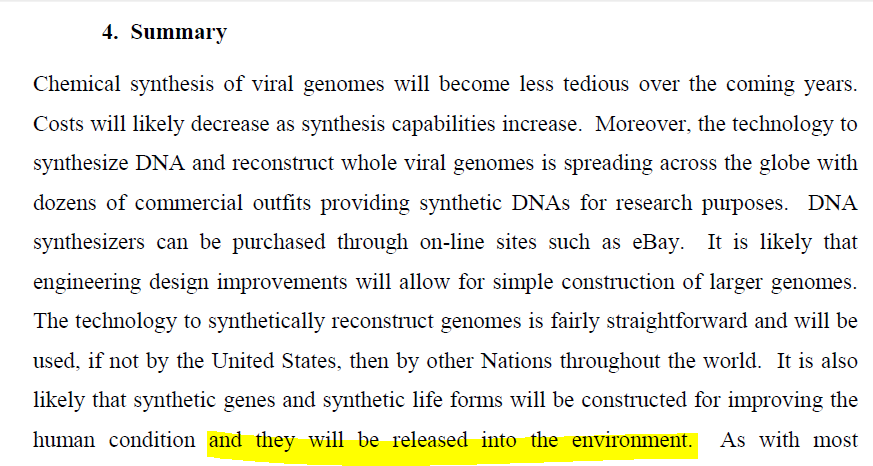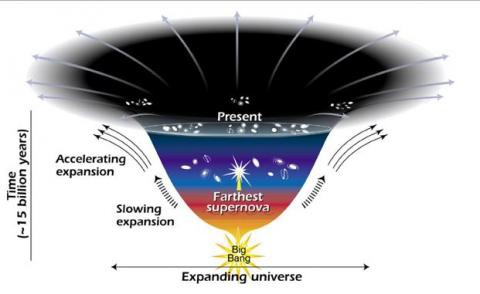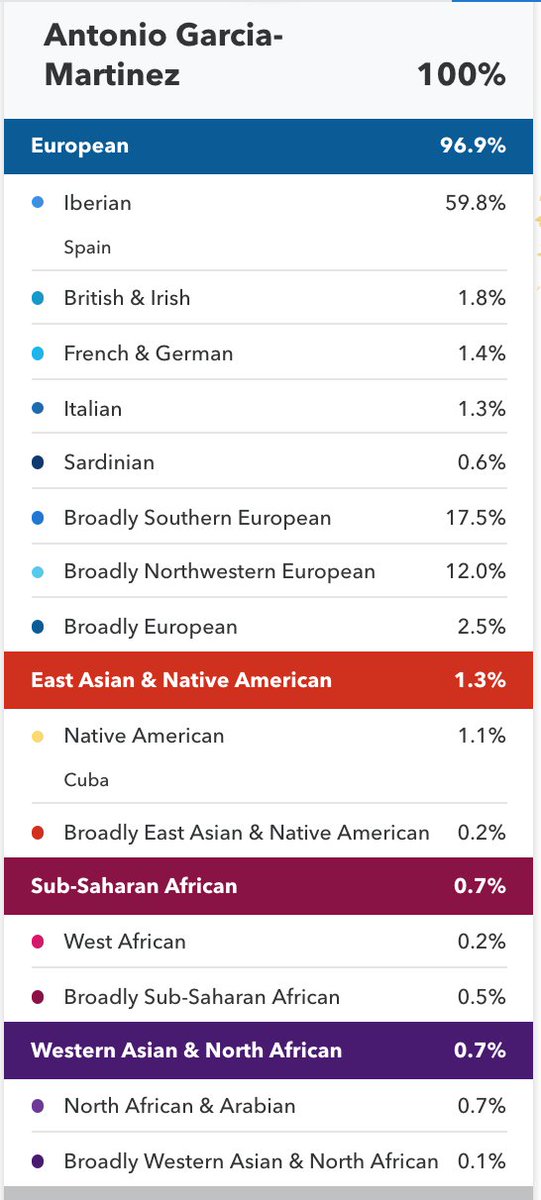Let Uncle Ralph educate you
Synthetic Viral Genomics:
Risks and Benefits for Science and Society
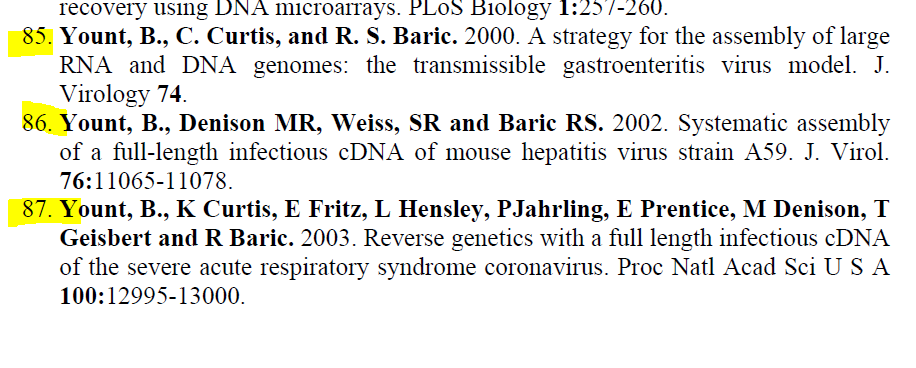
These enzymes can be used to create unique interconnecting junctions, which can be subsequently removed from final assembly product allowing seamless reconstruction of an exact sequence
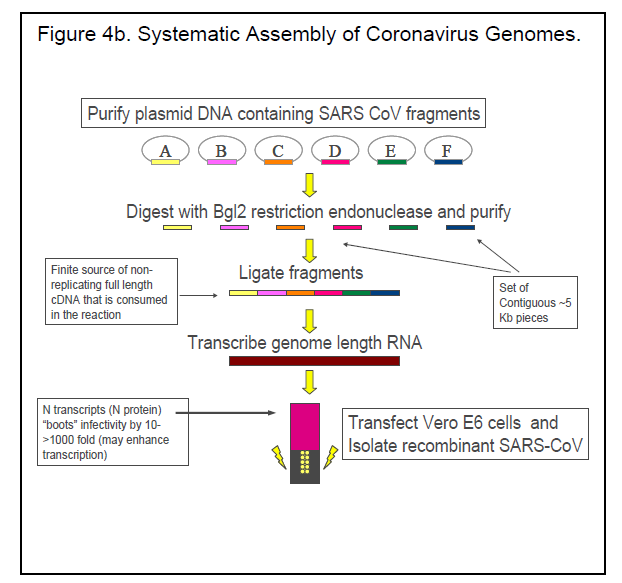
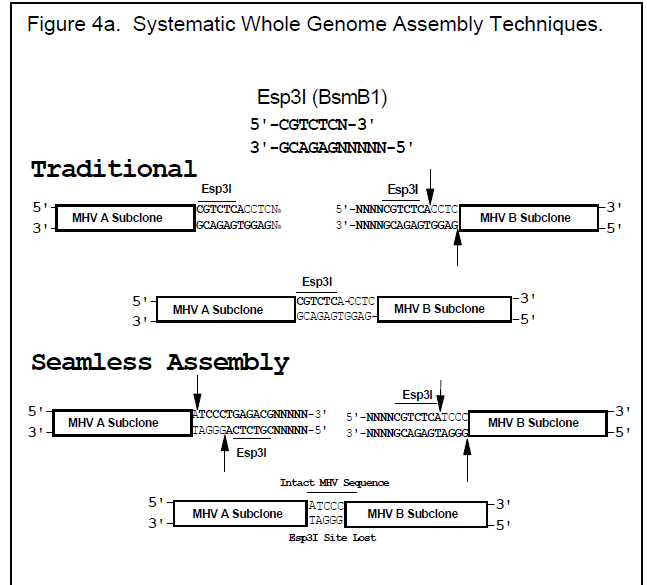
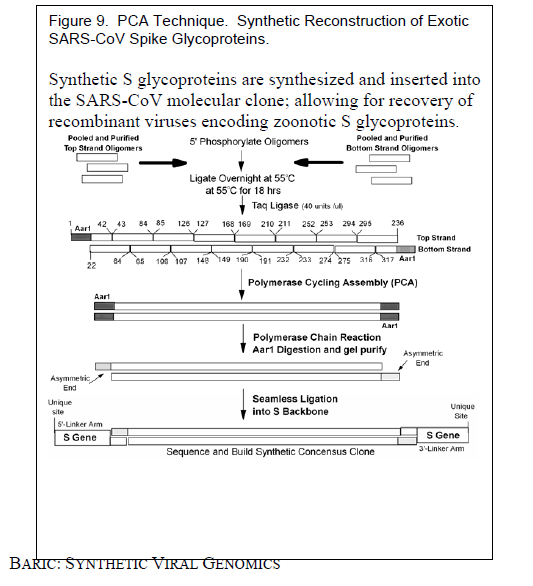
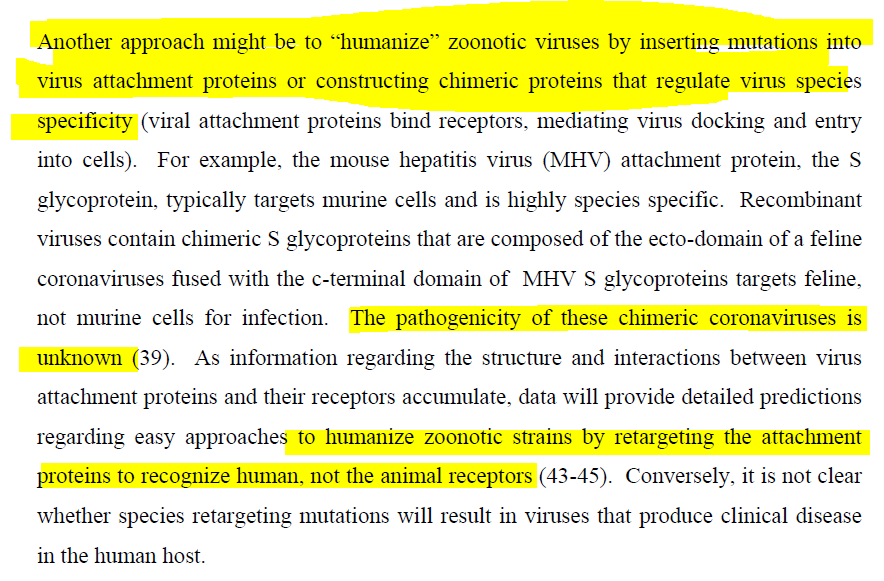
The pathogenicity of these chimeric coronaviruses is unknown
The pathogenicity of these chimeric coronaviruses is unknown
The pathogenicity of these chimeric coronaviruses is unknown
This powerful technique provides bioterrorists with a “scapegoat” option; leaving a sequence signature that misdirects efforts at tracking the true originators of the crime. Even better, the approach could be used to build mistrust &/or precipitate open warfare
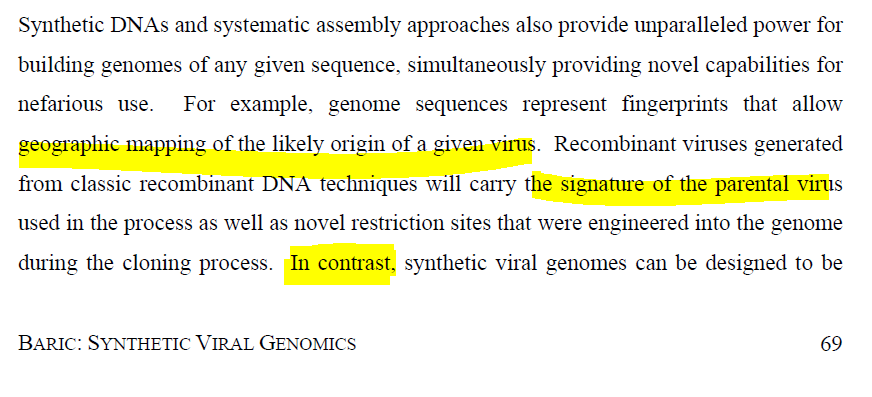
Hence Ecohealth DARPA/DTRA spooks & virus thieves collaboration with Baric (UNC) Lipkin (Mailman) NIchols (Atlanta CDC) and USAMRIID (Bavari, Totura et al) & Jonathan Epstein's palpable concern about dual use references in the @USRightToKnow FOIA emails
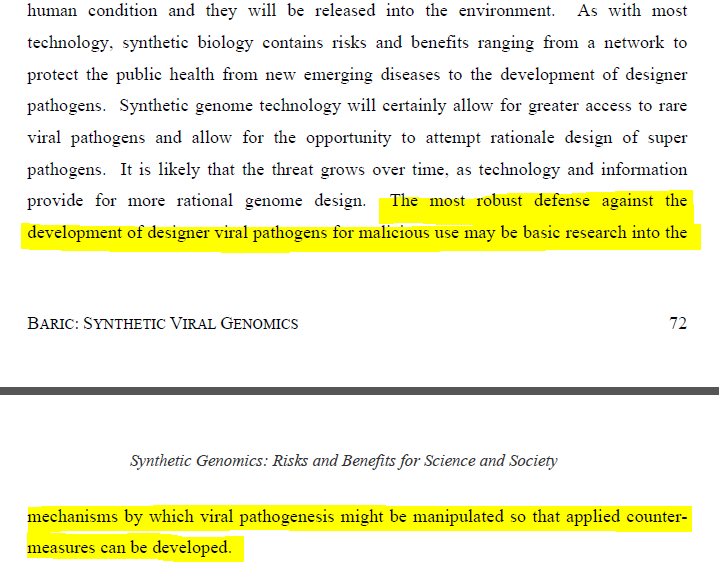
Delving into the cold and calculating mind of a twisted genius?
https://t.co/MrwxYK93cx
Bring Uncle Ralph and his transgenic mice in for questioning!
unroll @threadreaderapp

https://t.co/rjNZ8aDNDl
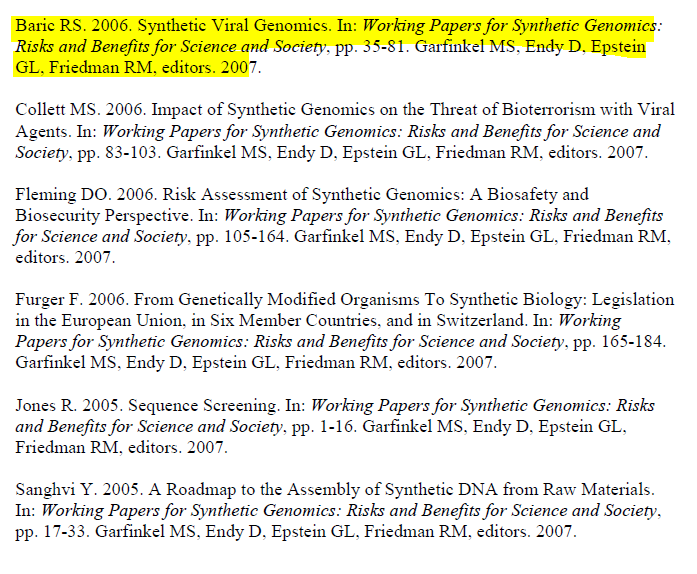
1. Synthetic Genomics: Options for Governance (2008) https://t.co/A32jEfL1TQ
2. Sequence Screening - Robert Jones (2005)
https://t.co/zOqMroYbVU
3. Synthetic Biology as a Field of Dual-Use Bioethical Concern - Alexander Kelle
https://t.co/Va1movPqvs
4. Sanghvi Y. A Roadmap to the Assembly of Synthetic DNA from Raw Materials.
https://t.co/4kWu4vzcXC
5. Collett MS. Impact of Synthetic Genomics on the Threat of Bioterrorism with Viral Agents.
https://t.co/OcaTmuCUBy
6. Fleming DO. Risk Assessment of Synthetic Genomics: A Biosafety & Biosecurity Perspective.
https://t.co/JBcLVLr005
7. Risk Governance of Synthetic Biology
https://t.co/9BE9X5s0Fb
8. US Competitiveness in Synthetic Biology
https://t.co/OCZJdsXSjl
9. Ensuring security of synthetic biology
https://t.co/7kPE1OpbrS
10. Synthetic biology: emerging research field in China
https://t.co/T3BcaDvUsa
11.
What rough beast? Synthetic biology, uncertainty,& the future of biosecurity (2016)
https://t.co/XTlBXILEWh
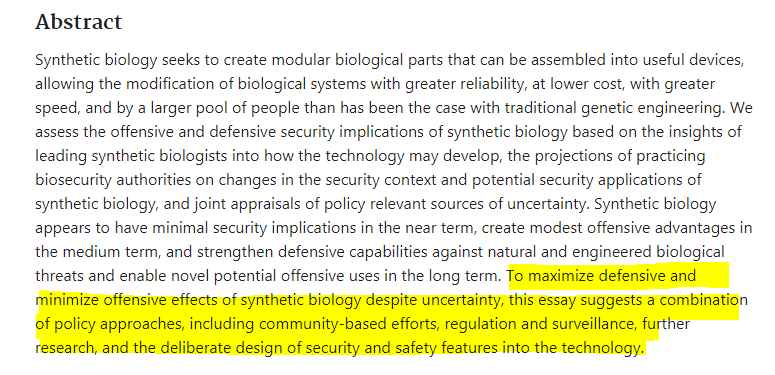
Reverse genetics with a full-length infectious cDNA of severe acute respiratory syndrome coronavirus (2003)
https://t.co/k8PI1rbcm8
Systematic Assembly of a Full-Length Infectious Clone of Human Coronavirus NL63 (2008)
https://t.co/bWhAv1wsC0
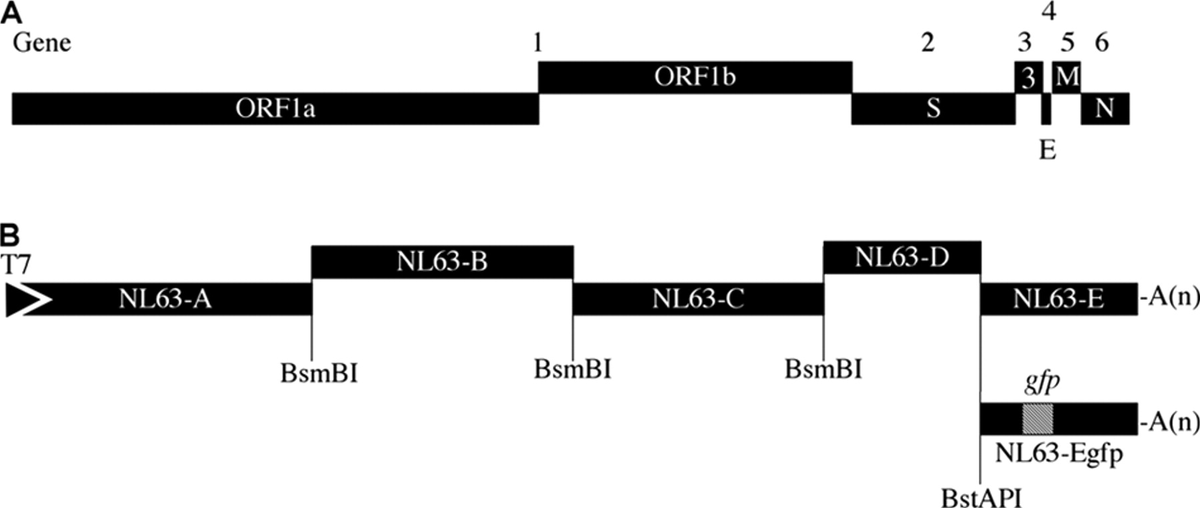
In 2016, Shi and her team at the WIV, in conjunction with the New York-based EcoHealth Alliance, constructed a full-length clone of a bat coronavirus called SL-CoV WIV1. They assembled it in discrete segments.
“Thus, several options exist to remove the desired insert DNA with a single restriction digestion.”
This shows that researchers at the WIV have the ability to genetically engineer viruses and remove the signatures of the genetic engineering.
They showed how they can insert new spikes into viruses. The researchers state:
“Then any spike could be substituted into the genome of SARSr-CoV WIV1 through this strategy.”
COVID 19: The Spike and the Furin Cleavage
https://t.co/bDOMmhpJ1t
More from Billy Bostickson 🏴👁&👁 🆓
1. Messy Thread exploring connections between
@DARPA @doddtra PREDICT & @EcoHealthNYC
What happened to FLIRT?
https://t.co/wgttFlgcP1
EcoHealth Alliance analyzed all airports in the US by assessing how often passengers trickle in from areas with confirmed cases of Zika virus.
2. “I believe this is something that people should know,” said Andrew Huff, vice-president of group, who oversees efforts to forecast the spread of infectious diseases. “If you know where an infectious disease is, you can take precautions.”
Andrew Huff used to run their database

3. Andrew Huff
https://t.co/yqP8NbiN5X
Data papers:
https://t.co/mCdcAMTHNW
FLIRT (Zika)
https://t.co/MyUM3mt6c3
MANTLE https://t.co/dBsFAixRXv
MANTLE
4. GRITS and EcoHealth Alliance and DTRA
Global Disease Warning Software - May 28, 2015
EcoHealth Alliance and its Partners Create Biosurveillance Application with $2.2 million grant from the DTRA to continue the development of disease warning software
Global Rapid Identification Tool System (GRITS) software developed with ProMED, International Society for Infectious Disease, & Kitware
Biosurveillance app that enables infectious disease analysts to monitor textual data sources for infectious disease threats in near real time.
@DARPA @doddtra PREDICT & @EcoHealthNYC
What happened to FLIRT?
https://t.co/wgttFlgcP1
EcoHealth Alliance analyzed all airports in the US by assessing how often passengers trickle in from areas with confirmed cases of Zika virus.
2. “I believe this is something that people should know,” said Andrew Huff, vice-president of group, who oversees efforts to forecast the spread of infectious diseases. “If you know where an infectious disease is, you can take precautions.”
Andrew Huff used to run their database

3. Andrew Huff
https://t.co/yqP8NbiN5X
Data papers:
https://t.co/mCdcAMTHNW
FLIRT (Zika)
https://t.co/MyUM3mt6c3
MANTLE https://t.co/dBsFAixRXv
MANTLE
4. GRITS and EcoHealth Alliance and DTRA
Global Disease Warning Software - May 28, 2015
EcoHealth Alliance and its Partners Create Biosurveillance Application with $2.2 million grant from the DTRA to continue the development of disease warning software
Global Rapid Identification Tool System (GRITS) software developed with ProMED, International Society for Infectious Disease, & Kitware
Biosurveillance app that enables infectious disease analysts to monitor textual data sources for infectious disease threats in near real time.
PCR Drosten Fail Compilation
1. Ten Fatal Errors: Scientists Attack Paper That Established Global PCR Driven Lockdown
https://t.co/25p88F2xu6
2. Review report Corman-Drosten et al.
https://t.co/8rlT4MWoyI
3. Consequences of false
PCR Drosten Fail Compilation
4. Files for download
https://t.co/SqDrZjB9em
5. Addendum
https://t.co/IygCWvnAsP
6. False positives in reverse transcription PCR testing for SARS-CoV-2
https://t.co/HxpSZkzZ7Q
7. Discussion on Retraction
PCR Drosten Fail Compilation
8. 124 Tweet Thread by Bobby Rajesh Malhotra
@Bobby_Network
https://t.co/cdot5yIeuf
9. Another shorter thread by @Bobby_Network
https://t.co/kqFW9GsSeD
10. Thread by Abir Ballan
PCR Drosten Fail Compilation
11. Mini Thread by @Kevin_McKernan
https://t.co/pntydnd80L
12. Another longer thread by @Kevin_McKernan
https://t.co/5hBYIlXFnQ
13.
1. Ten Fatal Errors: Scientists Attack Paper That Established Global PCR Driven Lockdown
https://t.co/25p88F2xu6
2. Review report Corman-Drosten et al.
https://t.co/8rlT4MWoyI
3. Consequences of false
PCR Drosten Fail Compilation
4. Files for download
https://t.co/SqDrZjB9em
5. Addendum
https://t.co/IygCWvnAsP
6. False positives in reverse transcription PCR testing for SARS-CoV-2
https://t.co/HxpSZkzZ7Q
7. Discussion on Retraction
PCR Drosten Fail Compilation
8. 124 Tweet Thread by Bobby Rajesh Malhotra
@Bobby_Network
https://t.co/cdot5yIeuf
9. Another shorter thread by @Bobby_Network
https://t.co/kqFW9GsSeD
10. Thread by Abir Ballan
PCR Drosten Fail Compilation
11. Mini Thread by @Kevin_McKernan
https://t.co/pntydnd80L
12. Another longer thread by @Kevin_McKernan
https://t.co/5hBYIlXFnQ
13.
1. Project 1742 (EcoHealth/DTRA)
Risks of bat-borne zoonotic diseases in Western Asia
Duration: 24/10/2018-23 /10/2019
Funding: $71,500
@dgaytandzhieva
https://t.co/680CdD8uug
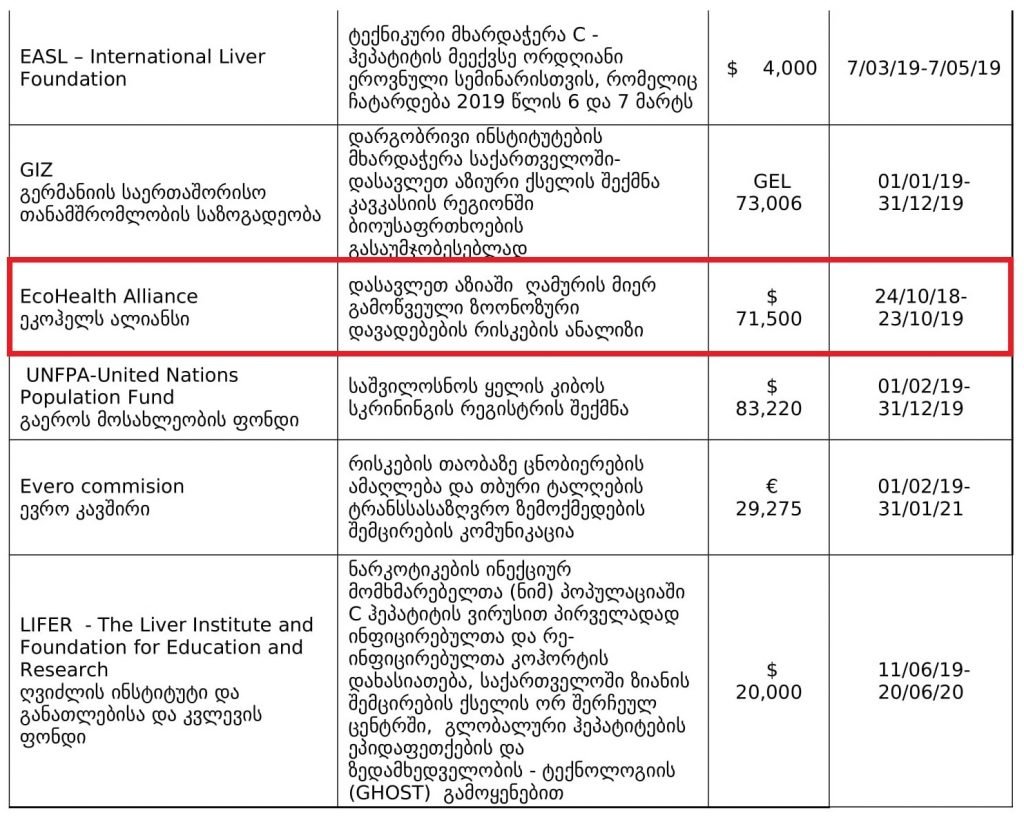
2. Bat Virus Database
Access to the database is limited only to those scientists participating in our ‘Bats and Coronaviruses’ project
Our intention is to eventually open up this database to the larger scientific community
https://t.co/mPn7b9HM48
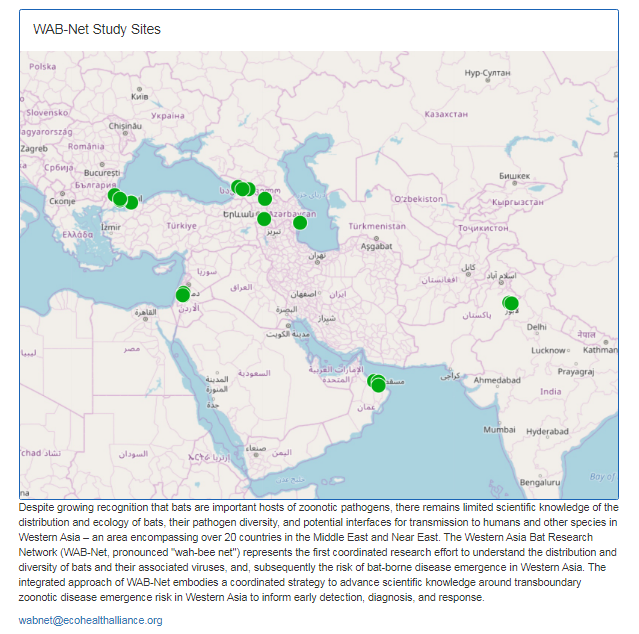
3. EcoHealth Alliance & DTRA Asking for Trouble
One Health research project focused on characterizing bat diversity, bat coronavirus diversity and the risk of bat-borne zoonotic disease emergence in the region.
https://t.co/u6aUeWBGEN

4. Phelps, Olival, Epstein, Karesh - EcoHealth/DTRA

5, Methods and Expected Outcomes
(Unexpected Outcome = New Coronavirus Pandemic)

Risks of bat-borne zoonotic diseases in Western Asia
Duration: 24/10/2018-23 /10/2019
Funding: $71,500
@dgaytandzhieva
https://t.co/680CdD8uug

2. Bat Virus Database
Access to the database is limited only to those scientists participating in our ‘Bats and Coronaviruses’ project
Our intention is to eventually open up this database to the larger scientific community
https://t.co/mPn7b9HM48

3. EcoHealth Alliance & DTRA Asking for Trouble
One Health research project focused on characterizing bat diversity, bat coronavirus diversity and the risk of bat-borne zoonotic disease emergence in the region.
https://t.co/u6aUeWBGEN

4. Phelps, Olival, Epstein, Karesh - EcoHealth/DTRA

5, Methods and Expected Outcomes
(Unexpected Outcome = New Coronavirus Pandemic)

1. Strange goings on down at Uncle Sam's Farm in Ukraine?
h/t @DrKevinWMcCair1 video:
https://t.co/1lrFeWcakB
From Daily Expose:
U.S. DoD awarded a contract for ‘COVID-19 Research’ in Ukraine 3 months before Covid was known to even
2. The findings seem to be kosher and can "currently" be confirmed by:
1. checking the DOD Award to Black & Veatch
CONT_IDV_HDTRA108D0007_9700, here:
https://t.co/G5ZEUhPm5U
2. click the tab for sub-awards
3. 7th down from top
4. 19-6192 is the sub-award ID
5. Note Date
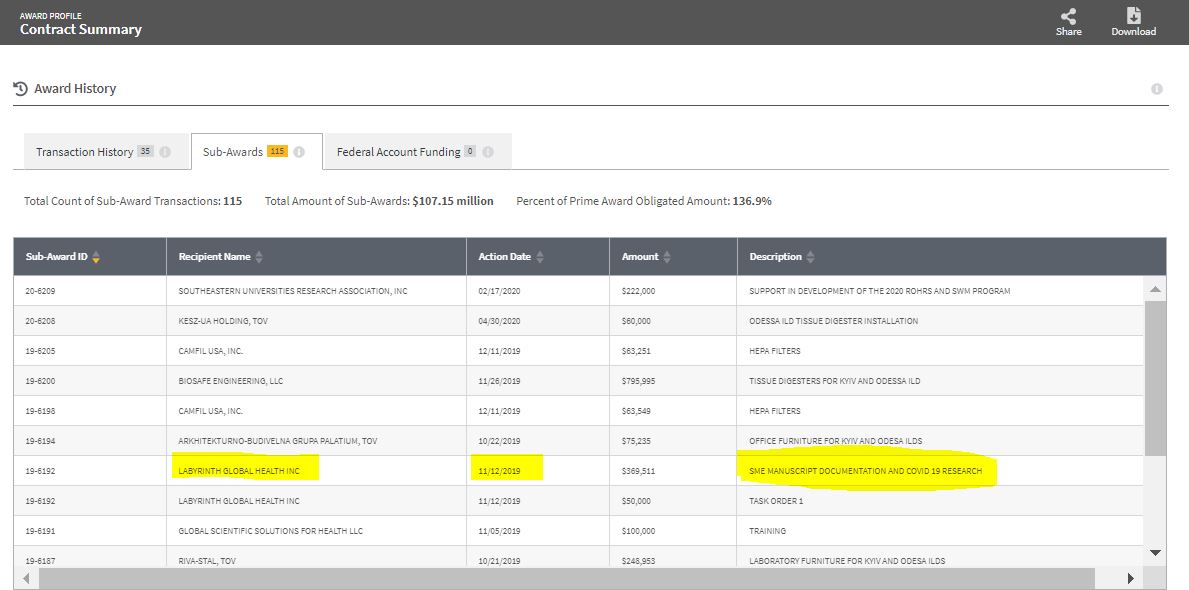
3. Download the CSV file by clicking top right:
Again Data is confirmed (with more detail in Column 32 in the csv file)
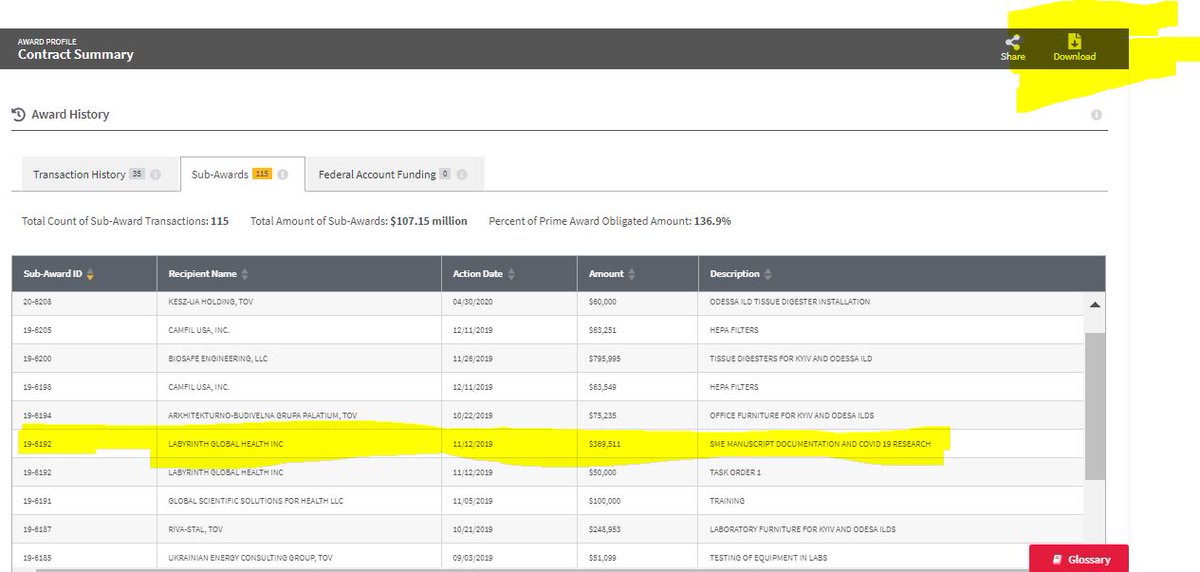
4. CSV Details (Column 32)
Note Kiev, Ukraine Mentioned and Date 2019

5. CSV Details (2)
Mentions Labyrinth's HQ in Saint Petersburg, Florida, not Russia ;)
URL in CSV directs to original URL
https://t.co/G5ZEUhPm5U
Copy & Paste URL, not click.
Last column with date does not refute finding, it is:
"subaward_fsrs_report_last_modified_date"

h/t @DrKevinWMcCair1 video:
https://t.co/1lrFeWcakB
From Daily Expose:
U.S. DoD awarded a contract for ‘COVID-19 Research’ in Ukraine 3 months before Covid was known to even
2. The findings seem to be kosher and can "currently" be confirmed by:
1. checking the DOD Award to Black & Veatch
CONT_IDV_HDTRA108D0007_9700, here:
https://t.co/G5ZEUhPm5U
2. click the tab for sub-awards
3. 7th down from top
4. 19-6192 is the sub-award ID
5. Note Date

3. Download the CSV file by clicking top right:
Again Data is confirmed (with more detail in Column 32 in the csv file)

4. CSV Details (Column 32)
Note Kiev, Ukraine Mentioned and Date 2019

5. CSV Details (2)
Mentions Labyrinth's HQ in Saint Petersburg, Florida, not Russia ;)
URL in CSV directs to original URL
https://t.co/G5ZEUhPm5U
Copy & Paste URL, not click.
Last column with date does not refute finding, it is:
"subaward_fsrs_report_last_modified_date"

1. Mini Thread on Conflicts of Interest involving the authors of the Nature Toilet Paper:
https://t.co/VUYbsKGncx
Kristian G. Andersen
Andrew Rambaut
Ian Lipkin
Edward C. Holmes
Robert F. Garry
2. Thanks to @newboxer007 for forwarding the link to the research by an Australian in Taiwan (not on
3. K.Andersen didn't mention "competing interests"
Only Garry listed Zalgen Labs, which we will look at later.
In acknowledgements, Michael Farzan, Wellcome Trust, NIH, ERC & ARC are mentioned.
Author affiliations listed as usual.
Note the 328 Citations!
https://t.co/nmOeohM89Q
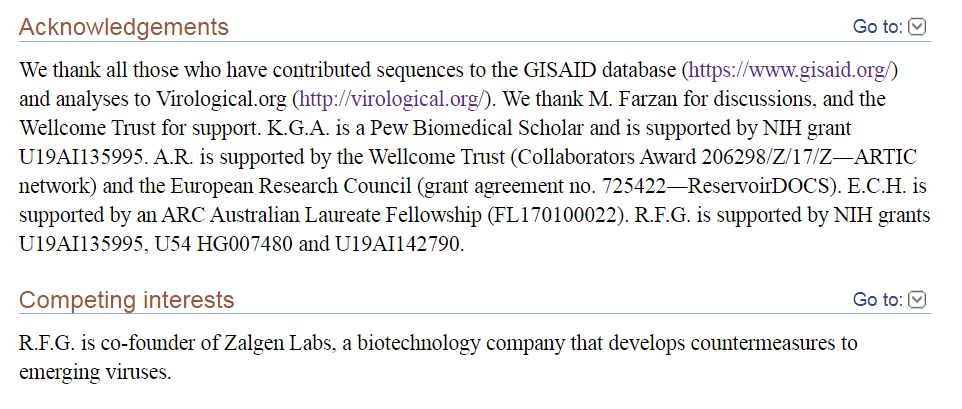
4. Kristian Andersen (1)
Andersen worked with USAMRIID & Fort Detrick scientists on research, with Robert Garry, Jens Kuhn & Sina Bavari among
5. Kristian Andersen (2)
Works at Scripps Research Institute, which WAS in serious financial trouble, haemorrhaging 20 million $ a year.
But just when the first virus cases were emerging, they received great news.
They issued a press release dated November 27, 2019:
https://t.co/VUYbsKGncx
Kristian G. Andersen
Andrew Rambaut
Ian Lipkin
Edward C. Holmes
Robert F. Garry
2. Thanks to @newboxer007 for forwarding the link to the research by an Australian in Taiwan (not on
3. K.Andersen didn't mention "competing interests"
Only Garry listed Zalgen Labs, which we will look at later.
In acknowledgements, Michael Farzan, Wellcome Trust, NIH, ERC & ARC are mentioned.
Author affiliations listed as usual.
Note the 328 Citations!
https://t.co/nmOeohM89Q

4. Kristian Andersen (1)
Andersen worked with USAMRIID & Fort Detrick scientists on research, with Robert Garry, Jens Kuhn & Sina Bavari among
Our Hans Kristian Andersen working with Jens H. Kuhn, Sina Bavari, Robert F. Garry, Stuart T. Nichol,Gustavo Palacios, Sheli R. Radoshitzky from USAMRIID and Fort Detrick to tell more fairy tales? Full emails listed for queries...https://t.co/kLRoQTxiGD pic.twitter.com/uHNuGraPP2
— Billy Bostickson \U0001f3f4\U0001f441&\U0001f441 \U0001f193 (@BillyBostickson) August 26, 2020
5. Kristian Andersen (2)
Works at Scripps Research Institute, which WAS in serious financial trouble, haemorrhaging 20 million $ a year.
But just when the first virus cases were emerging, they received great news.
They issued a press release dated November 27, 2019:
More from Science
Hard agree. And if this is useful, let me share something that often gets omitted (not by @kakape).
Variants always emerge, & are not good or bad, but expected. The challenge is figuring out which variants are bad, and that can't be done with sequence alone.
You can't just look at a sequence and say, "Aha! A mutation in spike. This must be more transmissible or can evade antibody neutralization." Sure, we can use computational models to try and predict the functional consequence of a given mutation, but models are often wrong.
The virus acquires mutations randomly every time it replicates. Many mutations don't change the virus at all. Others may change it in a way that have no consequences for human transmission or disease. But you can't tell just looking at sequence alone.
In order to determine the functional impact of a mutation, you need to actually do experiments. You can look at some effects in cell culture, but to address questions relating to transmission or disease, you have to use animal models.
The reason people were concerned initially about B.1.1.7 is because of epidemiological evidence showing that it rapidly became dominant in one area. More rapidly that could be explained unless it had some kind of advantage that allowed it to outcompete other circulating variants.
Variants always emerge, & are not good or bad, but expected. The challenge is figuring out which variants are bad, and that can't be done with sequence alone.
Feels like the next thing we're going to need is a ranking system for how concerning "variants of concern\u201d actually are.
— Kai Kupferschmidt (@kakape) January 15, 2021
A lot of constellations of mutations are concerning, but people are lumping together variants with vastly different levels of evidence that we need to worry.
You can't just look at a sequence and say, "Aha! A mutation in spike. This must be more transmissible or can evade antibody neutralization." Sure, we can use computational models to try and predict the functional consequence of a given mutation, but models are often wrong.
The virus acquires mutations randomly every time it replicates. Many mutations don't change the virus at all. Others may change it in a way that have no consequences for human transmission or disease. But you can't tell just looking at sequence alone.
In order to determine the functional impact of a mutation, you need to actually do experiments. You can look at some effects in cell culture, but to address questions relating to transmission or disease, you have to use animal models.
The reason people were concerned initially about B.1.1.7 is because of epidemiological evidence showing that it rapidly became dominant in one area. More rapidly that could be explained unless it had some kind of advantage that allowed it to outcompete other circulating variants.
You May Also Like
So friends here is the thread on the recommended pathway for new entrants in the stock market.
Here I will share what I believe are essentials for anybody who is interested in stock markets and the resources to learn them, its from my experience and by no means exhaustive..
First the very basic : The Dow theory, Everybody must have basic understanding of it and must learn to observe High Highs, Higher Lows, Lower Highs and Lowers lows on charts and their
Even those who are more inclined towards fundamental side can also benefit from Dow theory, as it can hint start & end of Bull/Bear runs thereby indication entry and exits.
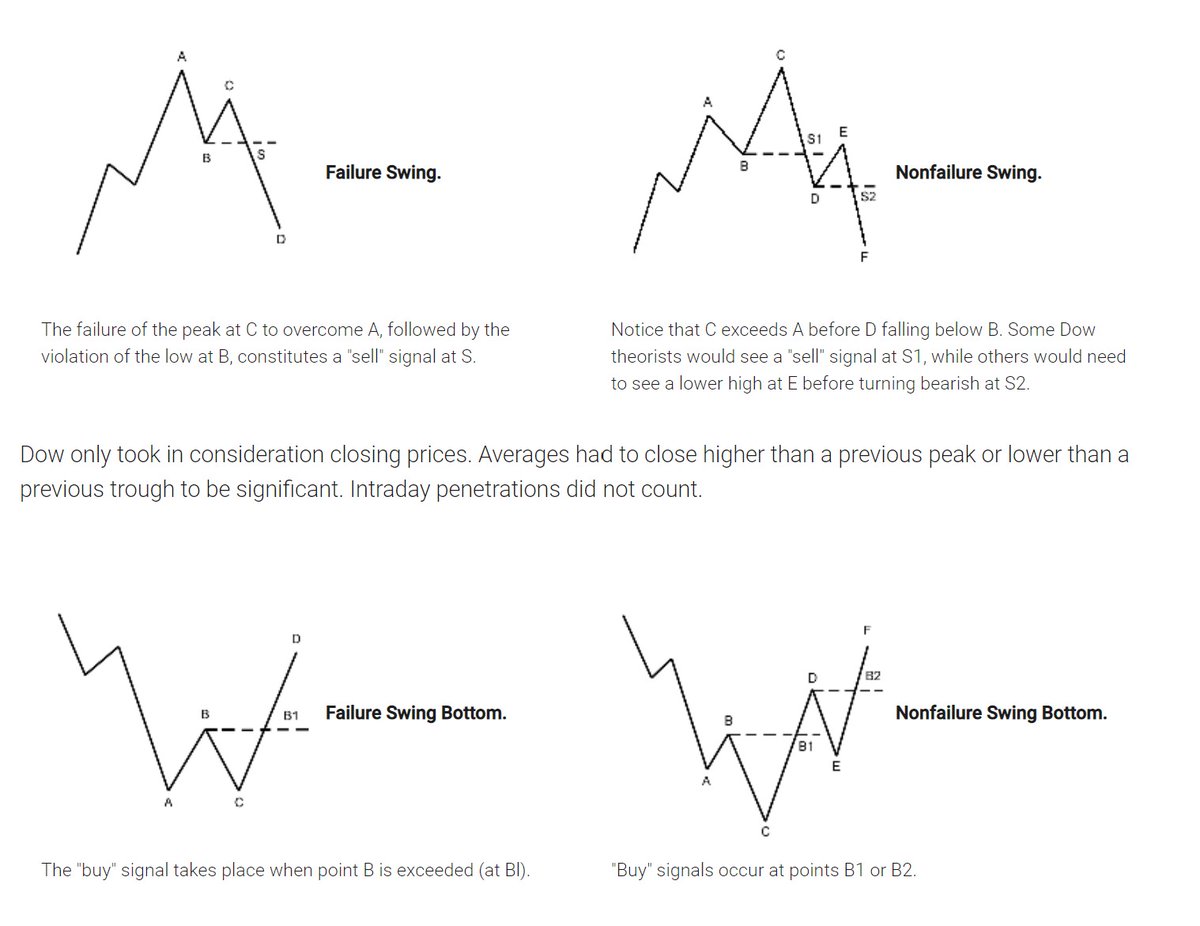
Next basic is Wyckoff's Theory. It tells how accumulation and distribution happens with regularity and how the market actually
Dow theory is old but
Here I will share what I believe are essentials for anybody who is interested in stock markets and the resources to learn them, its from my experience and by no means exhaustive..
First the very basic : The Dow theory, Everybody must have basic understanding of it and must learn to observe High Highs, Higher Lows, Lower Highs and Lowers lows on charts and their
Even those who are more inclined towards fundamental side can also benefit from Dow theory, as it can hint start & end of Bull/Bear runs thereby indication entry and exits.

Next basic is Wyckoff's Theory. It tells how accumulation and distribution happens with regularity and how the market actually
Dow theory is old but
Old is Gold....
— Professor (@DillikiBiili) January 23, 2020
this Bharti Airtel chart is a true copy of the Wyckoff Pattern propounded in 1931....... pic.twitter.com/tQ1PNebq7d


